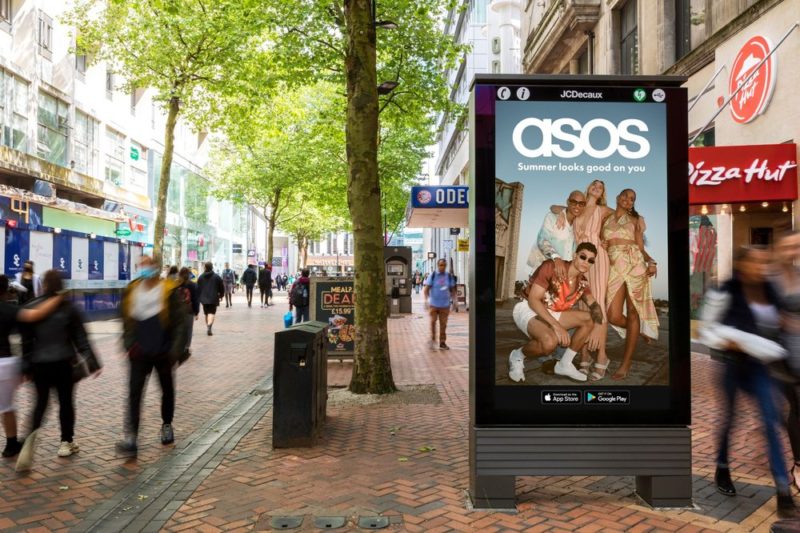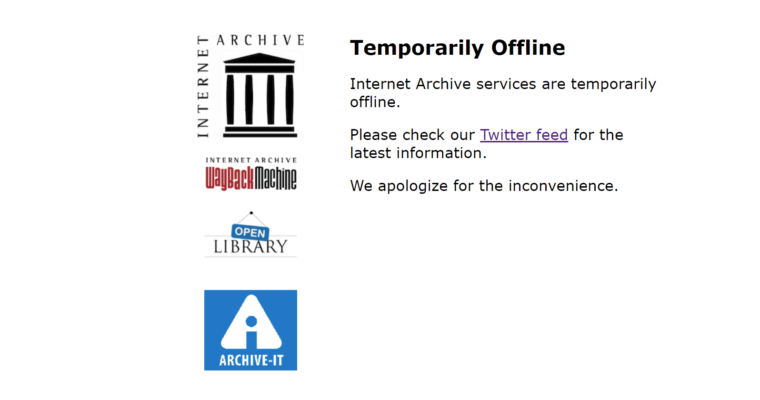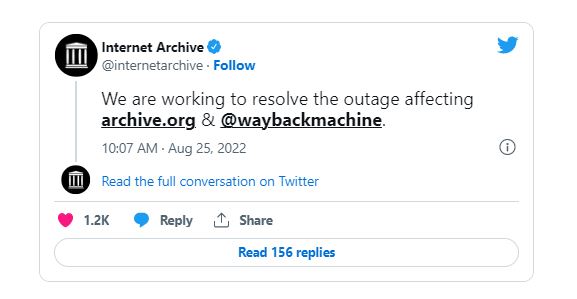
Twitter To Let Users Filter Unwanted Replies
Twitter users will soon be able to filter out potentially harmful and offensive replies with the help of an automatic reply filter.
The new feature was uncovered by app researcher Jane Manchun Wong, who shared a screenshot on Twitter.
Twitter advises that the reply filter will do the following:
“Replies to your tweets that contain potentially harmful or offensive language will be filtered and appear here. Others can still see these replies.
Keep in mind we use technology to help us identify such replies, so while we’re always improving, we may not get it right all the time.”
Located under the privacy and safety settings, users can turn the reply filter on and off with a toggle switch.
There doesn’t appear to be a way to customize the filter; it’s either on or not.
Filtering Does Not Equal Censoring
A key point to note here is that the filtered replies will be visible to all other accounts on Twitter. They’re only filtered out of the stream of responses that appears in the notifications tab.
In other words, Twitter isn’t censoring tweets. It’s unlikely anyone else will know when particular replies get filtered from the user’s’ view who published the initial tweet.
The intention behind this reply filter is to reduce the negativity Twitter users or account managers are exposed to.
Source: Twitter To Let Users Filter Unwanted Replies
Google out-of-home ads available for Display and 360

Google has just announced digital out-of-home ads for Display & 360. The new ad formats help to engage shoppers when they’re “out in the real world” in front of screens in public places such as stadiums, airports, bus stops, shopping centers, elevators, taxis, and more.
How they work. With digital out-of-home ads in Display and 360, brands can harness the same power of traditional advertising with placements on public screens, all in one dashboard where they can control strategy, reporting, and optimization.
Digital out-of-home ads also allow brands to run multiple versions of their message and can be based on location and time of day.
Google’s programmatic partners. “Display & Video 360 already partners with exchanges Hivestack, Magnite, PlaceExchange, Ströer SSP, VIOOH and Vistar Media. These exchanges give access to large media owners around the world like ClearChannel, Intersection, JCDecaux, Lamar and Ströer. All of this inventory can be secured via programmatic deals.”
Limited targeting and personalization. Google says that digital out-of-home ads are not personalized and no unique identifiers are used, as well as no user location data. However, advertisers are able to reach people based solely on contextual information such as the screen location.
For example, Google says a fast food business can quickly advertise on a billboard in a busy spot during lunch hour. Later that day the same billboard can promote a concert or event.
Early testing. Retailer ASOS used digital billboards in heavy footfall areas to generate awareness for their brand and drive passersby to visit their online store. Their marketing team arranged Programmatic Guaranteed deals with leading publishers like Intersection in the U.S. and JCDecaux in the U.K. and booked hundreds of digital billboards, generating 22 million viewed impressions across the two countries.
Source: Google out-of-home ads available for Display and 360
Internet Archive Website Offline for Hours

The Internet Archive, also known as The Wayback Machine, suffered an outage around midnight east coast time on August 25th. Disappointed fans around the world who were unable to access the site expressed their patient concern as well as thanks for the website.
Updated: Networking Hardware Failure
The problem affecting the Internet Archive was equipment failure related to networking hardware.
Jason Scott, an archivist who works for the Internet Archive tweeted the reason:
“A core piece of Internet archive networking equipment has failed and a replacement is being sourced right now.”
Internet Archive Down
A check of the headers via the Webconfs.com website showed that the website sends to a browser indicated that the site was sending a 503 Service Temporarily Unavailable Error Response.
This error message code is typically sent when the server is taken down for maintenance or because the server is overloaded and is unable to respond with a webpage.
Tweet Announcement
The Internet Archive posted a tweet shortly after midnight to alert the public that the website was down.
The tweet didn’t offer any information about what was wrong, only that they were working to bring the site back up.

Wayback Machine Fans World Wide Express Concern
Many people were inconvenienced but those posting comments were more concerned than upset, with many simply posting messages of gratitude.
IsItDownRightNow had over 300 comments expressing concern.
Some people were students who needed the site for their research.
Another was a Grateful Dead fan who posted that their attempts to stream archived Grateful Dead concerts were unsuccessful.
What Can Be Wrong?
There was some speculation that the site might be down due to multiple lawsuits filed by publishers that object to the free distribution of books.
But the error message provided by the website seems to indicate that there’s a problem at the server level, the cause of which can be a myriad of issues.
Source: Internet Archive Website Offline for Hours
Google adds 3 new content guidelines for Education Q&A structured data

Google has added a new Content Guidelines section to its help document on Education Q&A structured data.
The new guidelines. Here are the new guidelines Google has added:
- Education Q&A pages must follow the same content guidelines for Q&A pages.
- Your page must contain education related questions and answers. There must be at least one question and answer pairing on your page, and the answer must be related to and answer the user’s question.
- You are responsible for the accuracy and quality of your education Q&A pages through this feature. If a certain amount of your content is found to be inaccurate based on quality and pedagogical review processes, then all or a subset of your Q&A pages may not be eligible for this feature until you resolve the issues.
Why Google added this. Google said these guidelines were created to “ensure that our users are connected with learning resources that are relevant.”
Failure to comply. If Google finds you are violating the guidelines, Google could either:
- Take manual action on your site.
- Not display your content as a rich result.
What is this page? Google released the Education Q&A structured data help document in May. This help document provides guidance on how to add Quiz structured data to flashcard and single Q&A pages so it appears in Google’s Education Q&A carousel, Google Assistant and Google Lens results.
Source: Google adds 3 new content guidelines for Education Q&A structured data
More News:
Twitter has launched new and improved Pixel, Conversion API, and App Purchase Optimizations
A 3-phased approach to proactive online reputation management